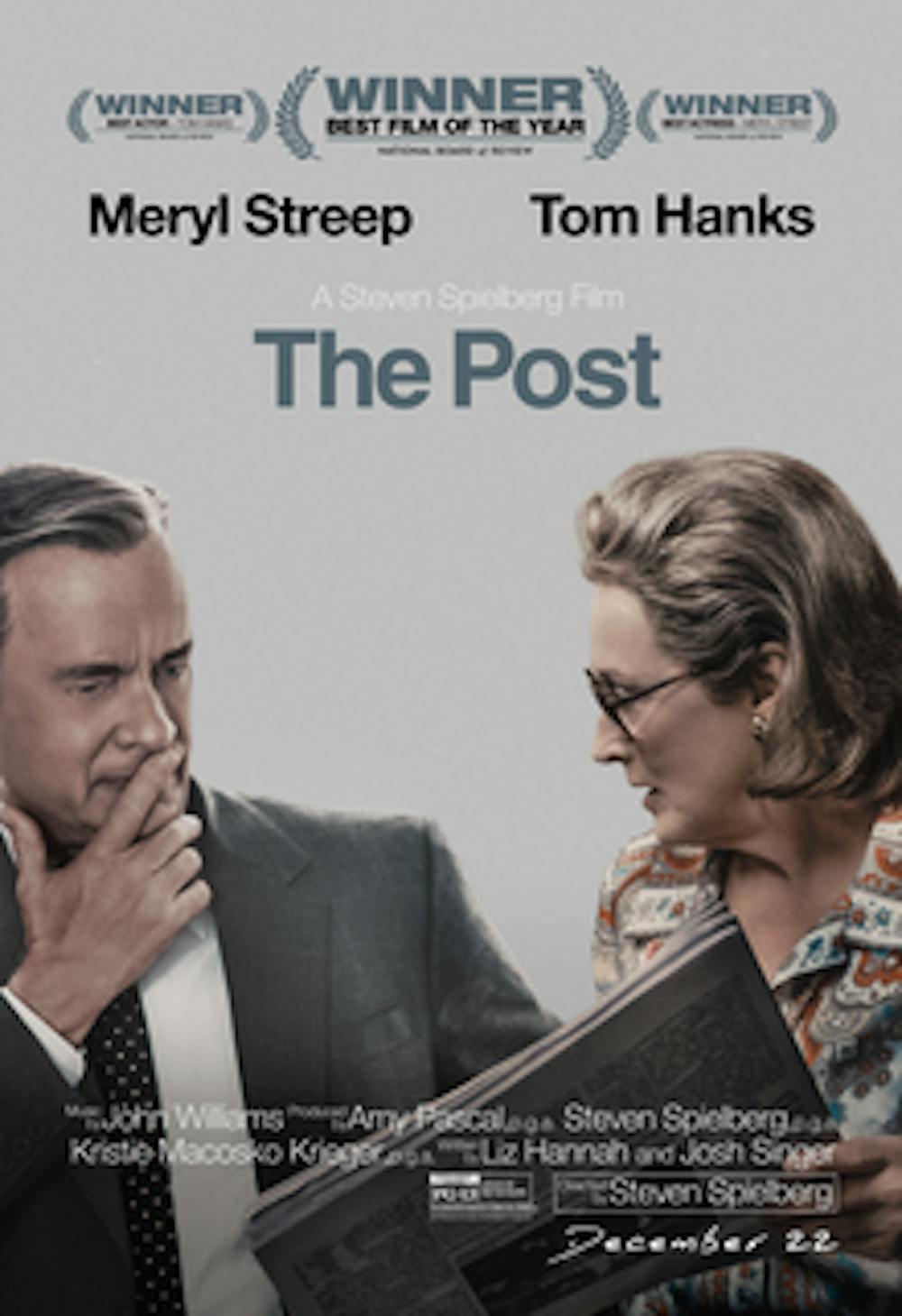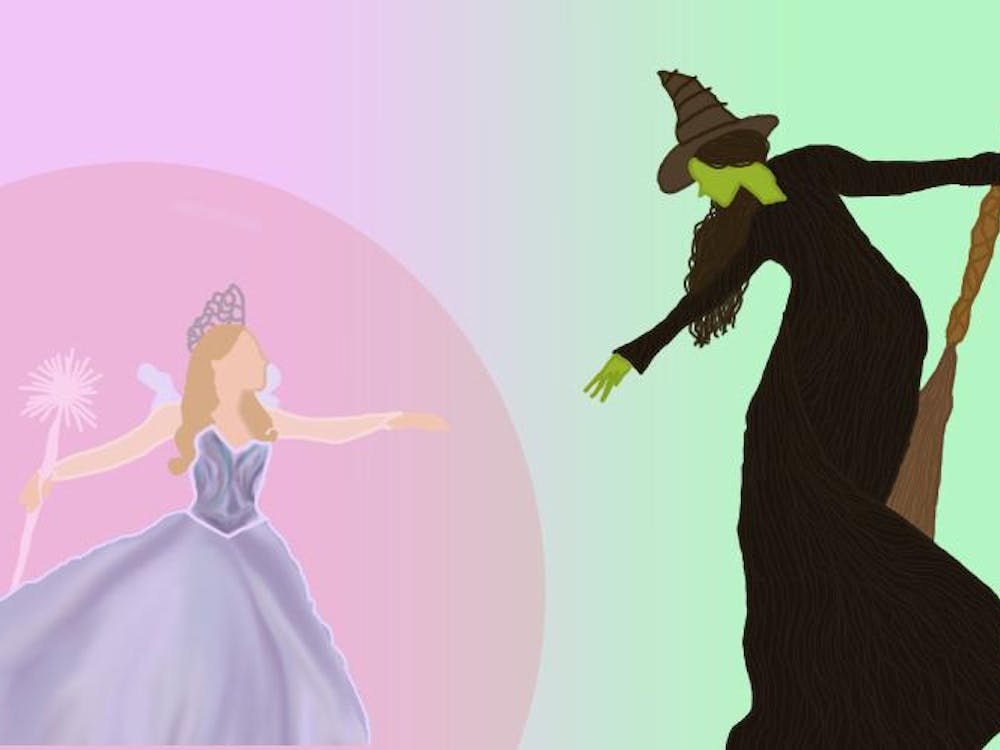Hollywood is no stranger to portrayals of the press and politics in 2018. Meryl Streep dedicated an acceptance speech to the importance of journalists, and President Donald Trump dedicated a tweet to his opinions about Meryl Streep’s acting chops. Now, Steven Spielberg is using his Hollywood role as a massively famous director to tell a tale of press, politics and women in the workplace that — despite occurring in the 1970s — echoes today’s social and political climate to a haunting degree. Teaming up with Streep and Tom Hanks, Spielberg’s “The Post” is not just a suspenseful film featuring two Hollywood stars, but also a timely reflection on the critical importance of freedom of the press.
Underneath the political and social influence, “The Post” is simply an entertaining film that continues Spielberg’s rich legacy of moviemaking. A masterclass in dialogue writing, this film — written by Liz Hannah and Josh Singer — manages to keep the audience in breathless suspense without any “suspenseful” tropes, such as a car chase or a dark hallway. The writers managed to make a movie that primarily takes place in a dull office feel like a thriller, and their dialogue was expertly handled under the power duo of Hanks and Streep.
Hanks and Streep, with a shared total of five Academy Awards and 13 Golden Globes, are a moviegoer’s match made in heaven. Streep — playing Katharine Graham — stands out from the start. Some of the most breathtaking scenes are Streep’s silent ones — the audience caught in the stillness of Streep’s contemplation of what to say and what to do. That’s not to say that Hanks is ever flat — simply that Streep’s subtle performance carries the film.
This highlights one of the key themes of the movie — Katharine’s challenging position as not only publisher of The Washington Post during the Richard Nixon era, but also being a woman in the job. Streep has, just like her character, proven through her own drive, capability and talent to be just as formidable a figure in Hollywood as any man. Hanks doesn’t have to step back his acting chops at all to let Streep shine — she can do that all on her own.
Although Streep was the standout, the power of the Streep-Hanks duo is not to be ignored. Despite the obvious capability for these actors — and director — to generate box office pull, there’s a more important aspect of this pair sharing the screen that lies underneath the star-studded surface. At the most basic level, this film is about the difficult and daring decision by a woman to challenge the honesty of decades of government leaders. Still, her story also highlights the success of a respectful and supportive business relationship between a man and a woman — which were even more few-and-far-between in the film’s era than they are now.
In the midst of a tumultuous era for Hollywood regarding how rare these respectful man-to-woman relationships in the business truly are, this film could not have come at a better time — with none other than arguably the biggest male and female actors in Hollywood playing the parts and setting the example. There’s a moment when Katharine stands up to one of her most sexist board members — who constantly challenges her right to the company — and all he can do in response is stand in shocked silence. In the #MeToo moment, telling this specific story in the format of a Hollywood film is a powerful statement in itself.
Next to the storyline of a woman in charge, there is a parallel and equally potent storyline of the corruption of government and the duty of the press, as said in the film, to “serve the governed, not the governors.”
Nixon, one of the main culprits defined in the Pentagon Papers — the documents exposing government lies regarding the state of the war in Vietnam for four presidencies — is never seen facing the camera in the film. Instead, he is shot only in silhouette through the White House window, banging his fist on the desk as he attempts to ban reporters from the White House and silence the publication of the papers. He’s depicted as a looming figure and a president who hates the press, an image not unfamiliar to today’s audiences.
It is easy to view this film as a thought-provoking response to Trump’s stance on journalism, as the audience is given numerous opportunities throughout the film to draw parallels between the screen and reality. These examples are rarely subtle — from the wide-angle shots of protests in the Washington, D.C. streets right down to the dialogue Nixon is heard saying over the phone about journalists. Timing is everything, and Spielberg was clearly aware of the powerful connection between this story and today’s political climate.







